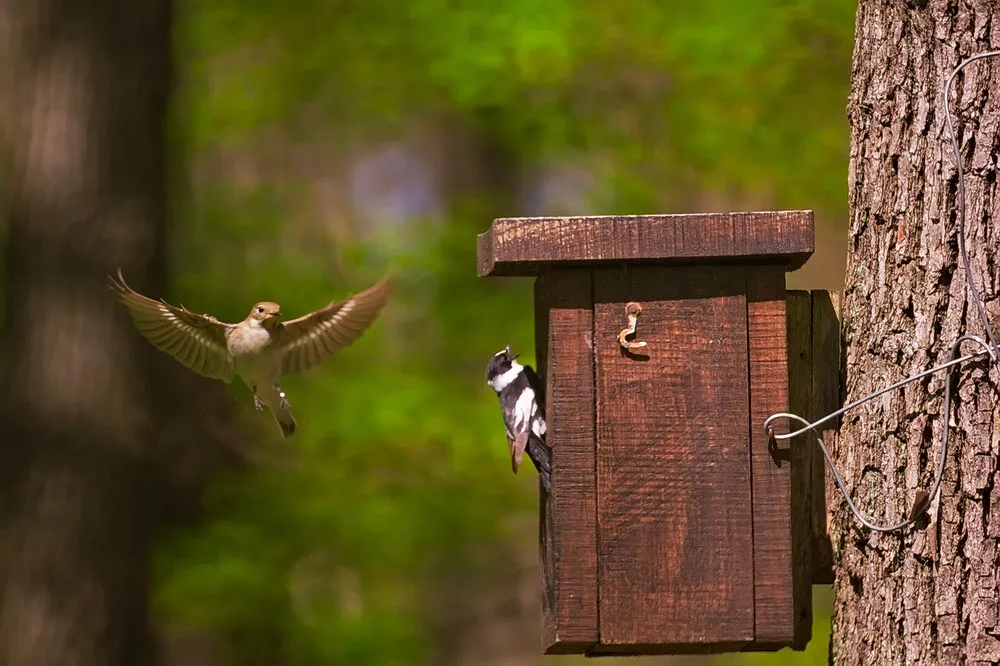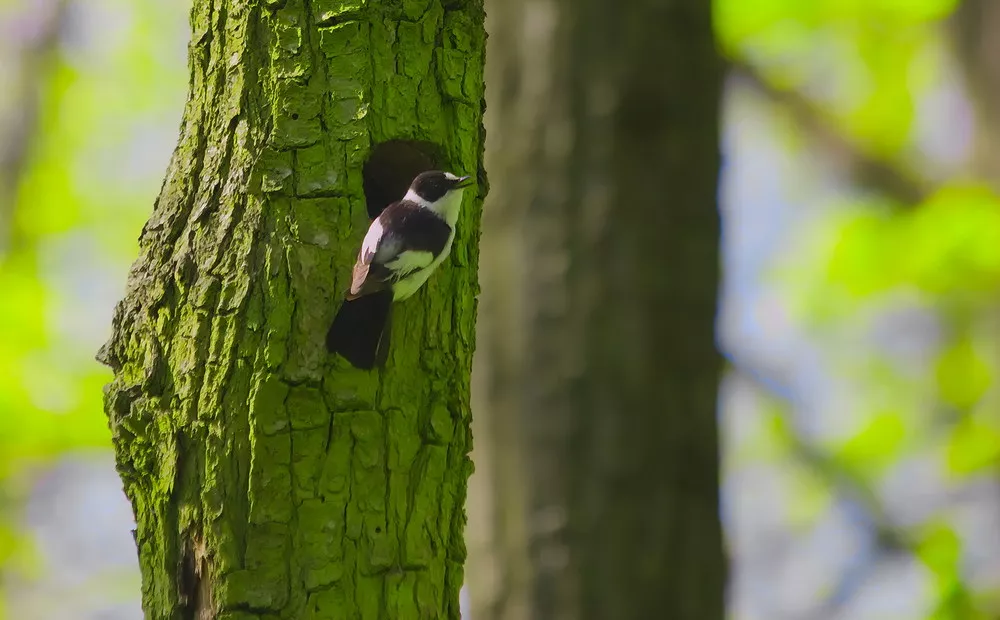A study conducted by researchers from the ELKH Centre for Ecological Research shows that bird courtship intensity is an intrinsic property of individuals.They found that the courtship intensity is an intrinsic characteristic of individuals and that males adjust their courtship to the prevailing situation, courting more intensively to attractive females and when the risk of not mating increases.

Choosing a mate is as tricky as crucial for anyone, even in the animal world. The better the choice, the better the chances of having more offspring and perpetuating genetics. Many animals, such as birds, have colourful ornaments or behaviours that indicate their level of attractiveness but are costly to produce and maintain as, for example, they make them more visible to predators. In general, the most attractive individuals are also those with the best physical and genetic conditions, so they enjoy great reproductive success.
Traditionally, females have been considered the choosy sex, while males are thought to try to mate indiscriminately with all females. This assumption is based on the fact that males of most species invest less time and resources than females in the development and rearing of offspring, from the production of female gametes (relatively more expensive compared to sperm) to gestation. However, several reasons might challenge this belief as, for example, males may also make a high investment in territory acquisition or parental care, females also vary in quality and opportunities for mating are limited. Under this scenario, might males show a greater preference for high-quality females, and may their courtship intensity depend on the situation? In such a case, if courtship intensity varies greatly according to the given situation, is it really a reliable behaviour by which females can assess the quality of males? These are the questions that a group from CER has been trying to answer.
To answer these questions, the authors focused on a small migratory bird, the collared flycatcher (Ficedula albicollis), common in the forests of Hungary. After arriving from migration (mid-April), male collared flycatchers establish around a nest hole and try to attract a female through conspicuous courtship displays, involving calls and lively flights. In the species, several characteristics indicate the quality of individuals, such as body size, age, the striking black plumage that males wear during the breeding season, and the white wing patches that both sexes have. These aspects make the collared flycatcher a perfect species to investigate males’ intrinsic and extrinsic determinants of courtship variation.

Researchers captured females, presented them to males – simulating female visits to the male’s territory during the pairing period – and observed the male courtship behaviour. Each male was exposed to different females, and the same female was presented to different males. After conducting more than 630 behavioural tests during 11 breeding seasons, the researchers achieved three exciting results. First, males displayed similar levels of courtship to different females; that is, some males consistently courted females quickly and enthusiastically, while others were repeatedly less responsive to females, indicating that courtship intensity is an intrinsic characteristic of individuals in this bird species. “As several females often visit male collared flycatchers during the pairing period, it is possible that high-quality males display consistently low levels of courtship if they perceive that their attraction ability is superior and courtship activity constrains other functions. By contrast, low-quality males, whose probability of mating is lower, might consistently express a more determined courtship strategy,” explains David Canal, lead author of the study. Second, some females systematically elicited higher interest among males than other females, indicating male mate choice. However, the female traits that determine variation in male response have not been identified. “It is possible that non-measured signals used during mate choice, such as song-related characteristics, aggressiveness, parasite load or ultraviolet components of the plumage, but which have not been measured in this study, could explain such variations”, explain David Canal. Third, males increased their responsiveness, regardless of the female being courted, as the season progressed and the risk of not mating increased. Thus, males are less choosy when the likelihood of not breeding increases. “Again, this result reinforces the idea that males are not ‘simply impassive reproductive machines’, but can adjust their behaviour to the prevailing circumstances such as the availability of unpaired females or competing males,” explain David Canal.
Overall, this work highlights the importance of courtship intensity as a reliable signal indicating male quality during mate choice. It is noticeable that males can adjust their courtship according to the quality of the potential mate, indicating that they can be choosy until the going gets tough when mating with a poor-quality female is better than returning home alone.
The question “But, what if this is not always true?” was an alternative to the explanation given in the previous sentence (i.e. males also spend energy). If that explanation is given (I prefer it), this questions make no sense here. Thus, I have change it